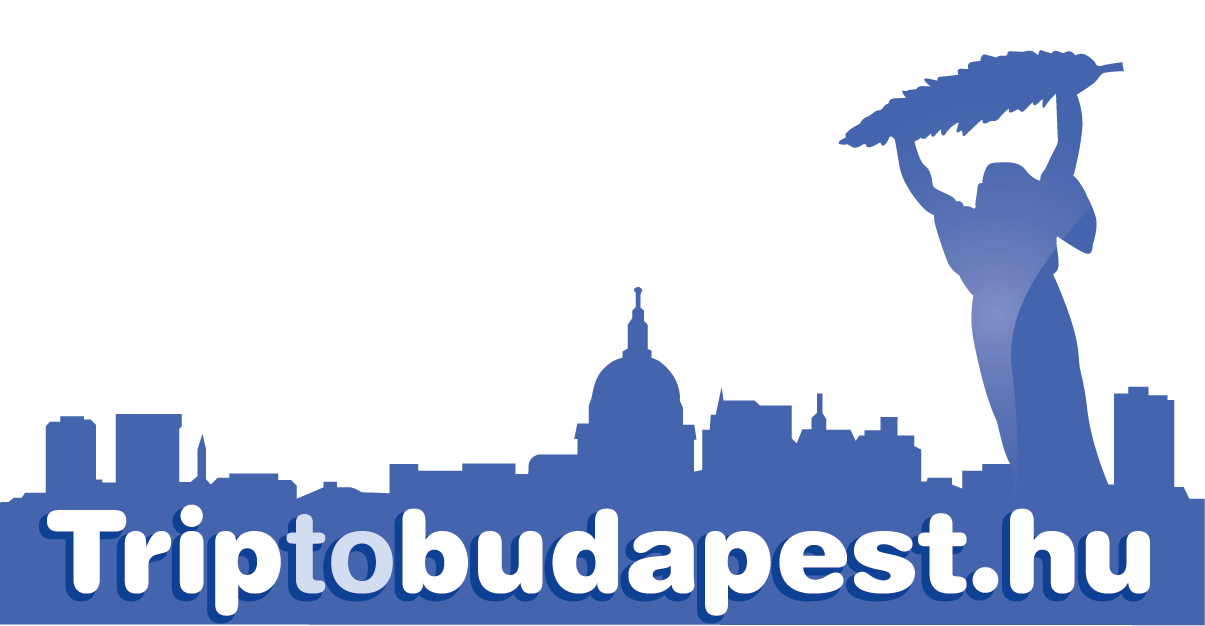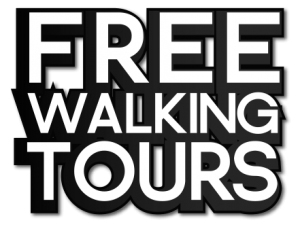Walk along the 2km long, gorgeous Adrássy Avenue (“The Hungarian Champs Élysées”) and you will find yourself on one of the largest squares of Budapest, the Heroes’ square (Hősök tere). Another option is to take the metro line number 1 (yellow line) also known as the Millenium underground, which was built for 1896, the 1000th anniversary of the Hungarian land taking in the Carpathian basin.
As you come up from the metro station you will see the attraction immediately: a big square with two colonnades and a tall column at the back of square. On the two sides you can find the Hungarian Museum of Fine arts (Szépművészeti Múzeum) and the Műcsarnok (Art Gallery or Kunsthalle). Behind the Heores’ square you can find the City park (Városliget), the Vajdahunyad castle, the Széchenyi baths, the Zoo and the main indoor Circus of Budapest.
The Heroes’ square is one of the most iconic places of the city with the statues of the Seven chieftains of the Magyars (Hungarians) and other important Hungarian kings, national leaders, and the Memorial Stone of Heroes. The square has always played an important part in contemporary Hungarian history and has hosted many political events.
The construction of it started in 1896 to commemorate the mentioned 1000th anniversary of the Hungarians arriving and settling down in Europe. When the monument was built, our country was a part of the Austro-Hungarian Empire, therefore on the left of the colonnade the last five spaces for statues were left empty for members of the ruling Habsburg dynasty.
The Heroes’ square was damaged during the Second World War and when it was renovated the Habsburg statues were replaced by the current figures. At the front of the monument there is a big stone cenotaph, which is dedicated “To the memory of the heroes who gave their lives for the freedom of our people and our national independence.”
It’s not a real burial place, but a symbolic tomb of the heroes. Directly behind this you can see a column, on the top of it a statue of the archangel Gabriel. In his right hand he holds the Holy Crown of our first king, Saint Stephen (István), crowned in the year 1000. In Gabriel’s left hand there is a two barred apostolic cross, which is a symbol given to Saint Stephen by the Pope. It was a recognition of his efforts to convert the Magyar (Hungarian) people to Christianity around 1000.


